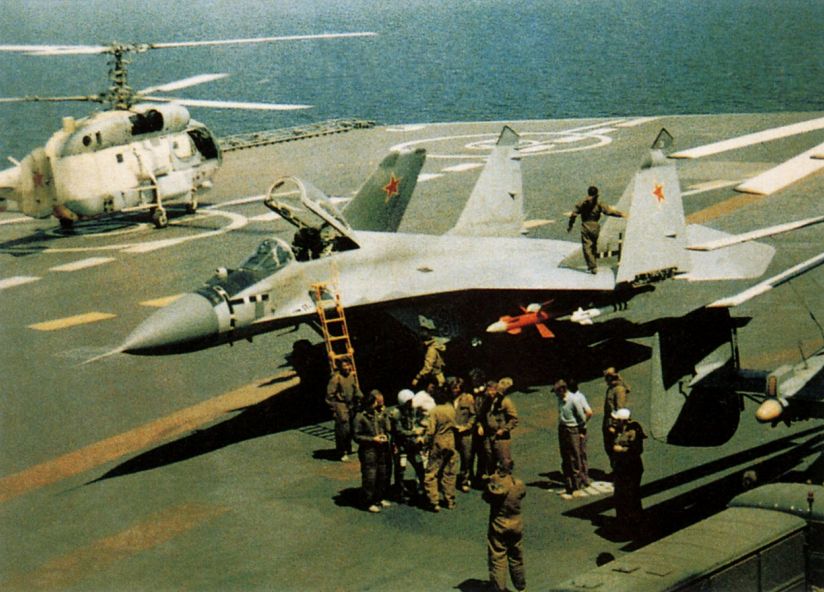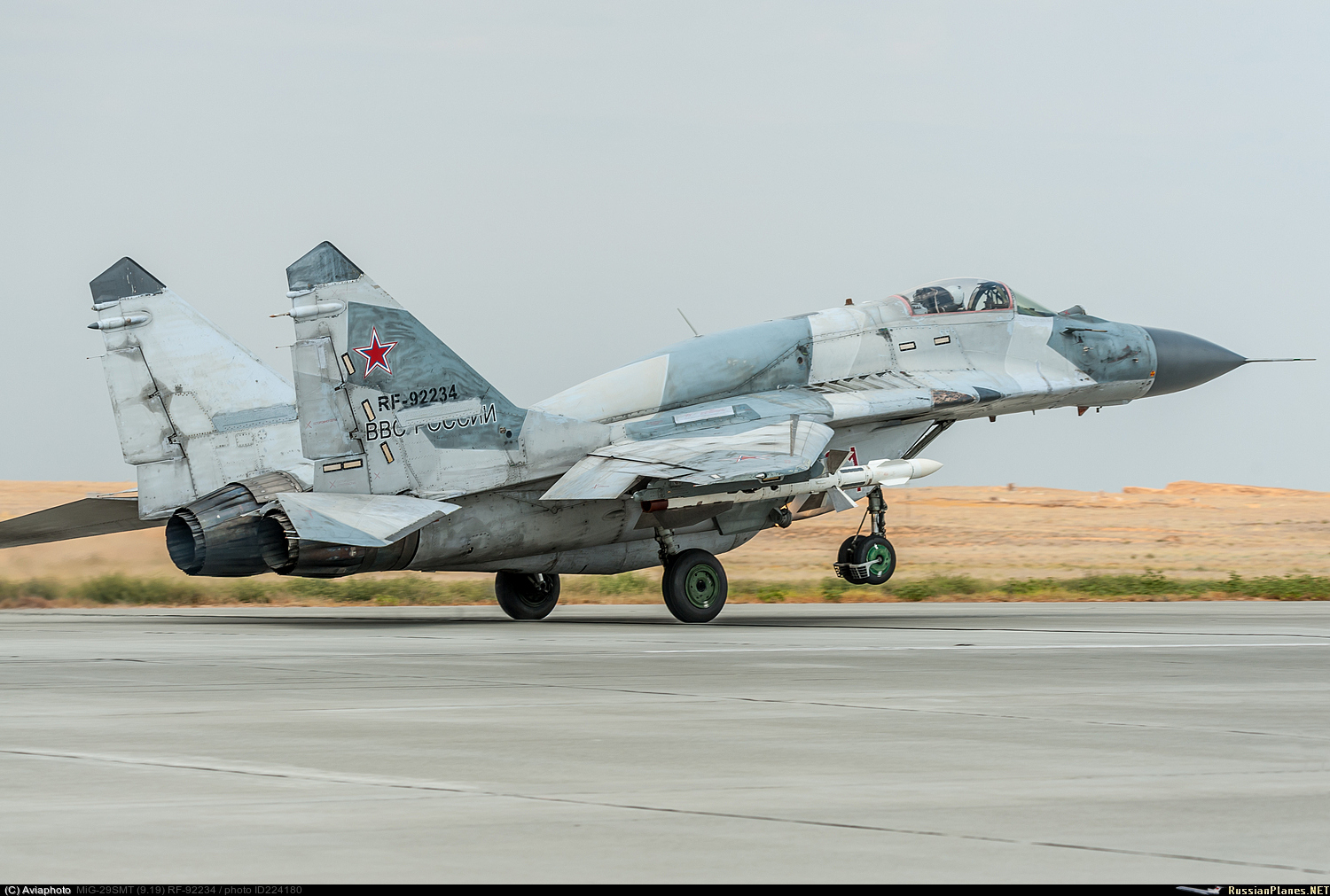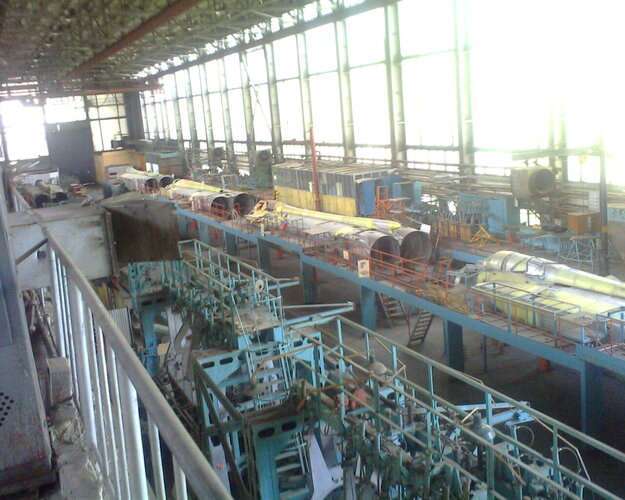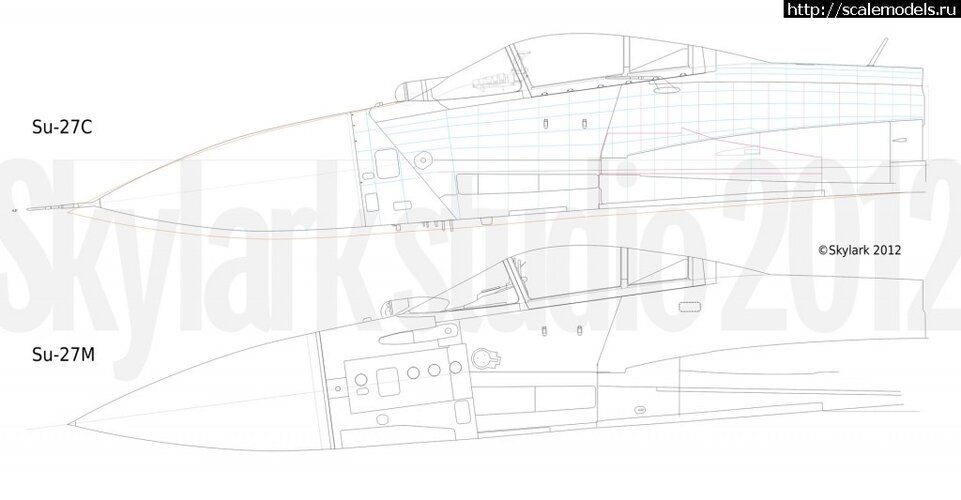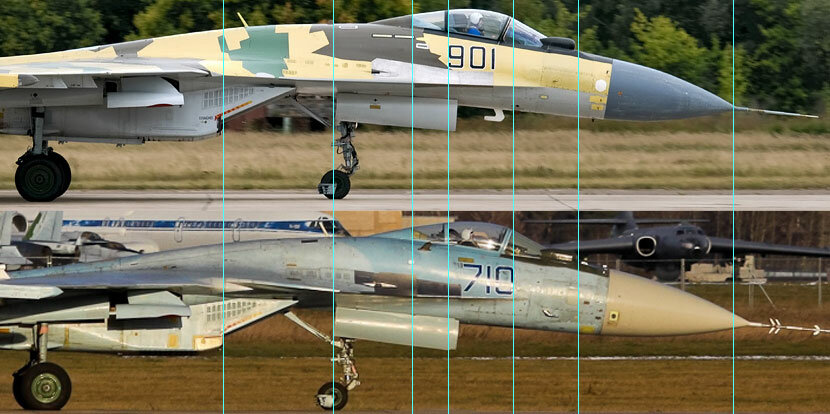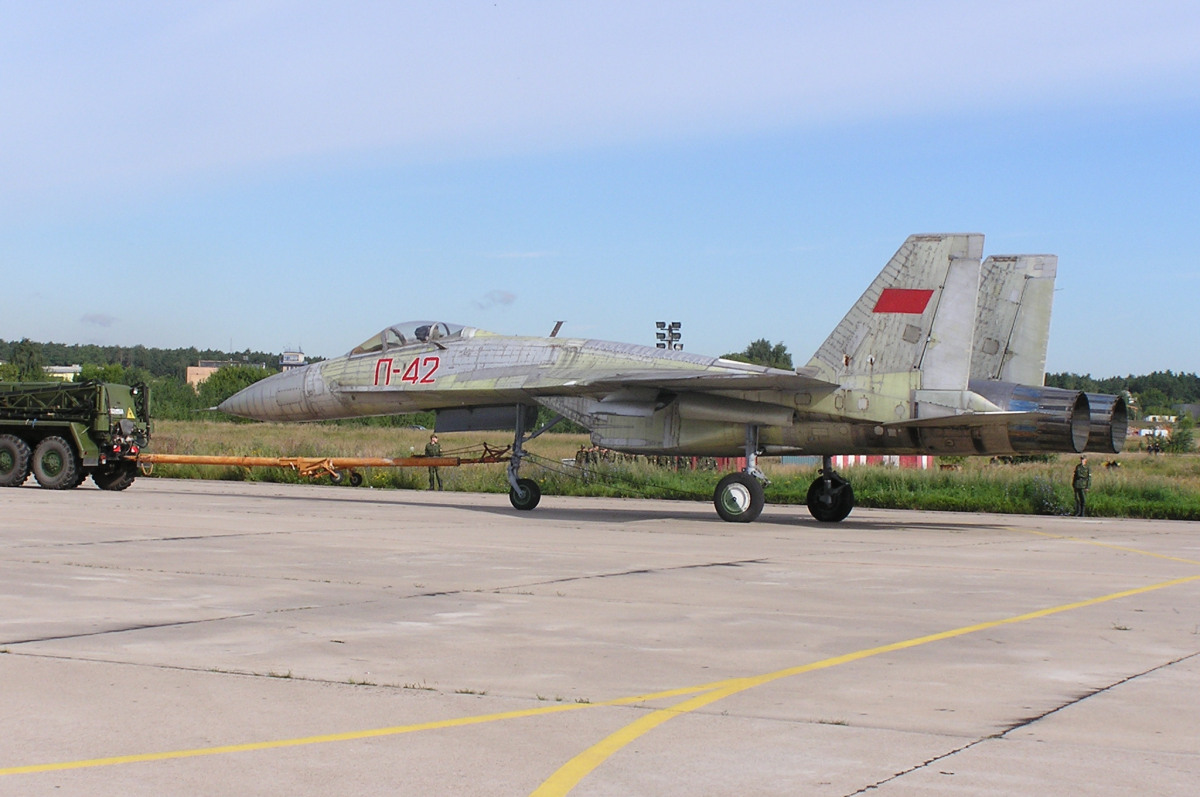Really, i initially wanted to just focus on MiGs, but decided for a broader what-if so other interesting possibilities can be discussed.
Speaking of OKB MiG, they were doing badly in the nineties, and haven't really fully recovered since imo. One of the main reasons for that is Yeltsin's kow-towing to the americans which led to large contracts and potential sales being cancelled and tens of billions in revenue being lost, in case of MiG those 48 extra MiG-29 and 24 MiG-31 for Iran. Would that contract vastly improved MiGs situation, and could they have flown the MFI prototype in 1995 if they had the money from that sale? As it was, they had something like 100 unclaimed MiG-29 at the factories, it took them over a decade of sales in dribs and drabs to clear that lot.
Other possibilities are Syria and Libya, they would have very likely bought some MiGs if it wasn't for american/israeli pressure on Yeltsin. Syria could have bought those 24 MiG-35s (and the 36 Yak-130s) in the 2010s if Putin didn't declined due to american/ israeli pressure. Libya wanted something like a dozen or more MiG-29SMTs (plus some Su-30/35 and Yak-130) before the NATO attack.
Now obviously this happened because of yesterday's and todays's political machinations, namely US pressure not to sell to Iran, Libya, Syria, Iraq, Cuba, DPRK, Yugoslavia and perhaps others i can't think of now. But consider this: Russia sold weapons and technology to China in far greater quantities, and with far greater impact on the military balance ratio (China/US i mean) that could have possibly been the case of all the other countries i mentioned. Basically a few squadrons of MiGs to any of them would have hardly affected the military balance re the US or even their various regional affiliated countries (SK, Israel, KSA etc). So by that logic, it's bewildering that Russia bowed to US pressure, or even that the americans put said pressure on Russia, from their perspective it would have been better for Rusia to sell bits and pieces to the half dozen or so countries i mentioned, at different ends of the world, than those huge sales and tech transfers to China (not that i have anything against China, just saying)!
I have skimmed various online documents re russian arms sales etc, and it seems there were many in the russian MIC and political estabilishment that were against bowing to US pressure, halting sales and losing billions in the process. So what if that pro-sale lobby was more powerful? Which other russian companies would have benefited, if say Tupolev sold some Tu-22Ms to China, India and even Iran as rumoured at various times, how would that impact Tupolev's fortunes? Sure the americans would have a hissy fit, but were they that scared of couple dozens of extra Tu-22Ms? USSR built something like 500 of them and there were hundreds of them facing NATO in 1990! At least it would have given the US an incentive to keep the F-14D and the AIM-54 in service for longer and upgrade it more, which i think some of you might like.
Speaking of OKB MiG, they were doing badly in the nineties, and haven't really fully recovered since imo. One of the main reasons for that is Yeltsin's kow-towing to the americans which led to large contracts and potential sales being cancelled and tens of billions in revenue being lost, in case of MiG those 48 extra MiG-29 and 24 MiG-31 for Iran. Would that contract vastly improved MiGs situation, and could they have flown the MFI prototype in 1995 if they had the money from that sale? As it was, they had something like 100 unclaimed MiG-29 at the factories, it took them over a decade of sales in dribs and drabs to clear that lot.
Other possibilities are Syria and Libya, they would have very likely bought some MiGs if it wasn't for american/israeli pressure on Yeltsin. Syria could have bought those 24 MiG-35s (and the 36 Yak-130s) in the 2010s if Putin didn't declined due to american/ israeli pressure. Libya wanted something like a dozen or more MiG-29SMTs (plus some Su-30/35 and Yak-130) before the NATO attack.
Now obviously this happened because of yesterday's and todays's political machinations, namely US pressure not to sell to Iran, Libya, Syria, Iraq, Cuba, DPRK, Yugoslavia and perhaps others i can't think of now. But consider this: Russia sold weapons and technology to China in far greater quantities, and with far greater impact on the military balance ratio (China/US i mean) that could have possibly been the case of all the other countries i mentioned. Basically a few squadrons of MiGs to any of them would have hardly affected the military balance re the US or even their various regional affiliated countries (SK, Israel, KSA etc). So by that logic, it's bewildering that Russia bowed to US pressure, or even that the americans put said pressure on Russia, from their perspective it would have been better for Rusia to sell bits and pieces to the half dozen or so countries i mentioned, at different ends of the world, than those huge sales and tech transfers to China (not that i have anything against China, just saying)!
I have skimmed various online documents re russian arms sales etc, and it seems there were many in the russian MIC and political estabilishment that were against bowing to US pressure, halting sales and losing billions in the process. So what if that pro-sale lobby was more powerful? Which other russian companies would have benefited, if say Tupolev sold some Tu-22Ms to China, India and even Iran as rumoured at various times, how would that impact Tupolev's fortunes? Sure the americans would have a hissy fit, but were they that scared of couple dozens of extra Tu-22Ms? USSR built something like 500 of them and there were hundreds of them facing NATO in 1990! At least it would have given the US an incentive to keep the F-14D and the AIM-54 in service for longer and upgrade it more, which i think some of you might like.
Last edited:

